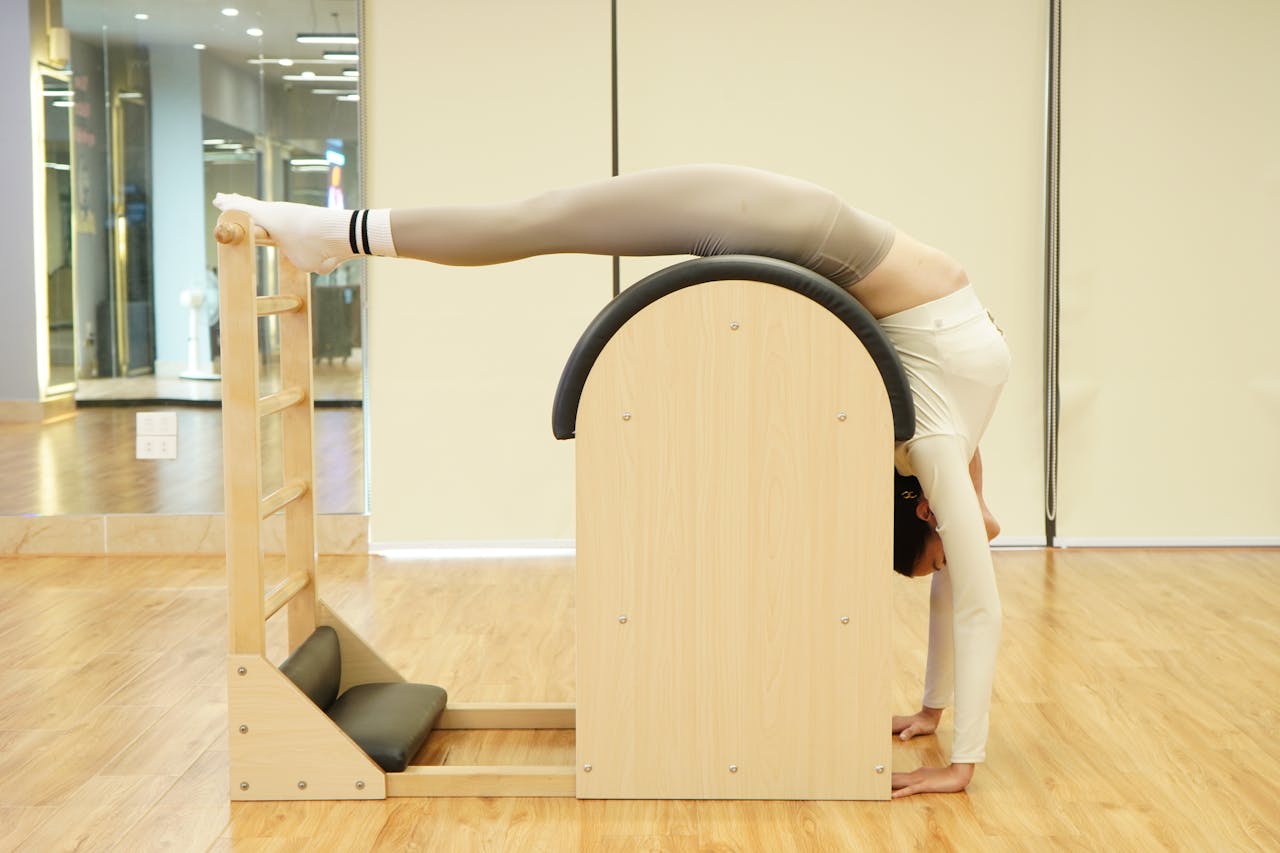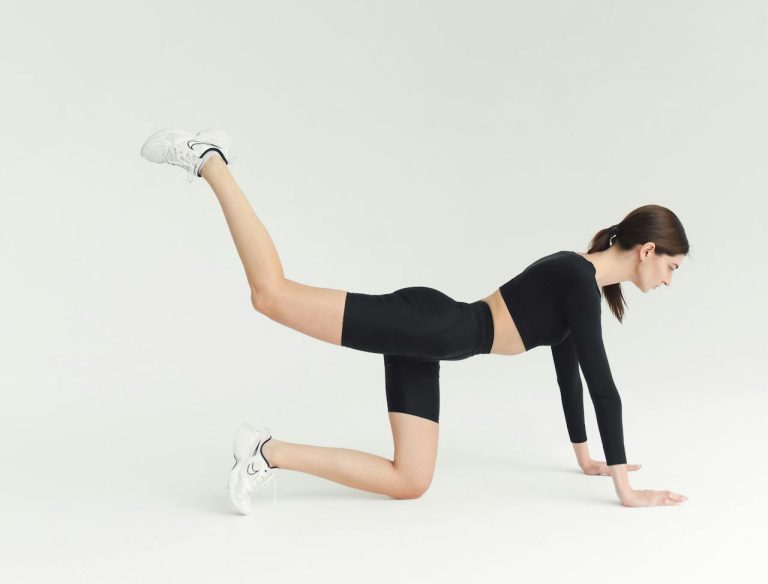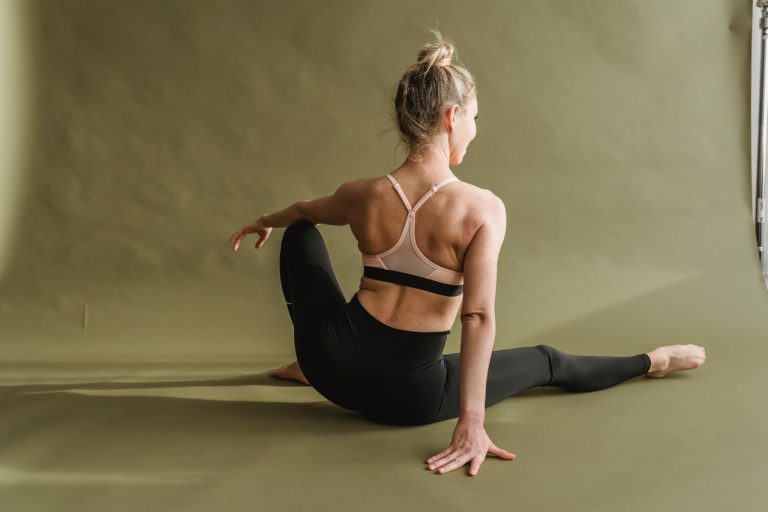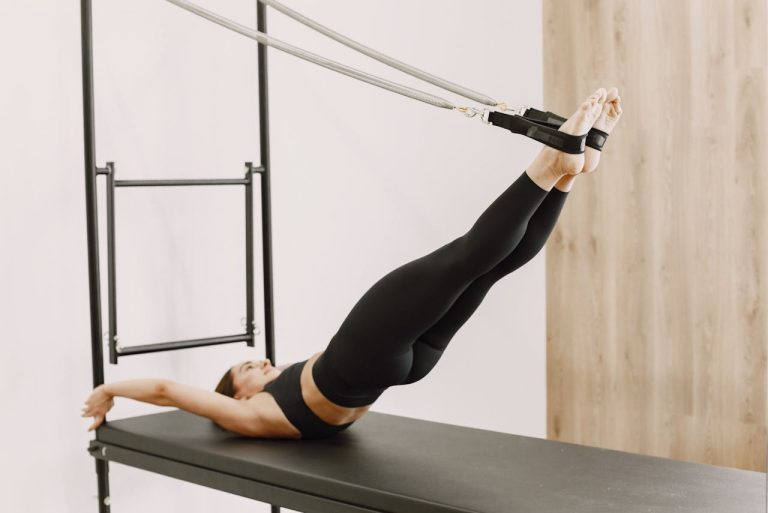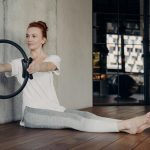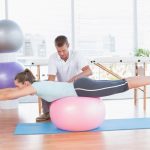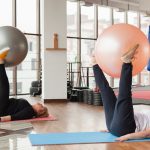If you’ve ever scrolled through Instagram and seen someone doing Pilates on a sleek reformer machine with perfect form and a luxury studio backdrop, you might’ve thought: “Looks nice—but that’s not for me.” Or maybe you’ve heard a friend say, “Pilates? Isn’t that just stretching?”
It’s time to set the record straight.
In this article, we’re debunking the 7 most persistent Pilates myths—and replacing them with real, actionable facts to help you rethink this powerful practice.
Despite its rising popularity, Pilates is still one of the most misunderstood workouts in the fitness world. Myths about what it is—and who it’s for—continue to prevent people from experiencing its incredible benefits. Whether it’s dismissed as a “light workout” or boxed into a female-only category, these misconceptions couldn’t be further from the truth.
The reality? Pilates is one of the most intelligent, well-rounded, and accessible forms of movement available. From elite athletes to people with chronic pain, it helps improve strength, posture, flexibility, and body awareness in ways few other workouts can.
1. Myth: Pilates Is Just Fancy Stretching
The Reality:
Pilates might look gentle, but make no mistake—it’s a full-body workout. At its core, Pilates is about controlled movement, deep muscle engagement, and functional strength. Yes, it incorporates flexibility, but that’s just one part of a much bigger picture.
Unlike traditional stretching or yoga, Pilates uses dynamic movements that both strengthen and lengthen your muscles at the same time. Every move is focused, deliberate, and designed to challenge your balance, stability, and core.
Why This Matters:
Dismissing Pilates as “just stretching” minimizes its power to transform your body. It builds real, sustainable strength—especially in places other workouts tend to ignore, like your deep abdominal wall, pelvic floor, and small stabilizing muscles.
Bottom line: You’ll stretch, yes—but you’ll also sweat, shake, and feel sore in places you didn’t know existed.
2. Myth: Pilates Is Only for Women
The Reality:
Let’s get this out of the way—Joseph Pilates, the founder of the method, was a man. He developed the system in the early 20th century to help injured soldiers recover, and later trained male boxers, gymnasts, and performers. Today, plenty of male athletes—from NFL players to Olympians—incorporate Pilates into their training routines.
So where did the gender bias come from? Largely from marketing. As Pilates gained popularity in boutique studios and among celebrities, it was often promoted as a graceful, low-impact exercise. Over time, it became stereotyped as “feminine,” despite its actual intensity and depth.
Why This Matters:
Men who avoid Pilates are missing out on a workout that enhances core stability, joint health, mobility, and athletic performance. Whether you’re lifting weights, playing sports, or simply trying to avoid back pain, Pilates can give you the foundation you need.
Bottom line: Pilates isn’t for men or women—it’s for anyone with a spine and muscles.
3. Myth: You Need to Be Flexible to Do Pilates
The Reality:
This one is backward. Pilates isn’t for the flexible—it’s for the tight, the stiff, the hunched-over-at-a-desk people.
Flexibility is one of the many benefits of Pilates, not a prerequisite. Movements are slow and controlled, and instructors often offer modifications so you can gradually improve your range of motion over time.
Even if you can’t touch your toes or do a full leg stretch, you can still do—and benefit from—Pilates. Most of the practice happens lying on your back or seated, making it especially accessible for people with mobility issues or past injuries.
Why This Matters:
Avoiding Pilates because you’re not flexible is like avoiding school because you don’t know the answers. You’re not supposed to already be “good” at it. You just have to show up.
Bottom line: Come as you are. Pilates will meet you there.
4. Myth: Pilates Doesn’t Burn Calories or Help With Weight Loss
The Reality:
Here’s the truth: Not all effective workouts need to be high-impact or high-calorie-burning to deliver results.
Pilates won’t torch calories like running or HIIT—but that’s not the point. Instead, it creates lean muscle, boosts metabolism, and improves alignment, all of which contribute to sustainable fat loss and body composition changes over time.
In fact, many people notice their clothes fitting differently or feel stronger and more toned even without the scale budging. That’s because Pilates works the muscles that support posture and stability, not just the ones you see in the mirror.
Plus, the better your posture and alignment, the more efficient your body becomes at moving—and that pays off across every other workout you do.
Why This Matters:
Chasing only high-calorie burns can lead to burnout and injury. Pilates offers something more long-term: resilience, strength, and functionality.
Bottom line: It may not leave you breathless—but it will leave you stronger, leaner, and more balanced.
Read Also: Planet Fitness vs. Gold’s Gym vs. 24 Hour Fitness: Which Gym Is Right for You?
5. Myth: Pilates and Yoga Are Basically the Same
The Reality:
While both focus on breath, mindfulness, and flexibility, Pilates and yoga are very different disciplines with different origins, goals, and movement styles.
- Yoga dates back thousands of years and integrates spirituality, energy flow, and meditative poses.
- Pilates is modern and anatomical, developed specifically to rehabilitate and strengthen the body through precision and control.
In yoga, you might hold a downward dog for several breaths. In Pilates, you’d be moving through a set of spine rolls or core-engaging movements with exact timing and form.
Why This Matters:
Thinking they’re the same may cause you to overlook the specific benefits Pilates offers—especially in areas like core strength, posture correction, and injury prevention.
Bottom line: Pilates is strength training with intention, not a spiritual stretch class.
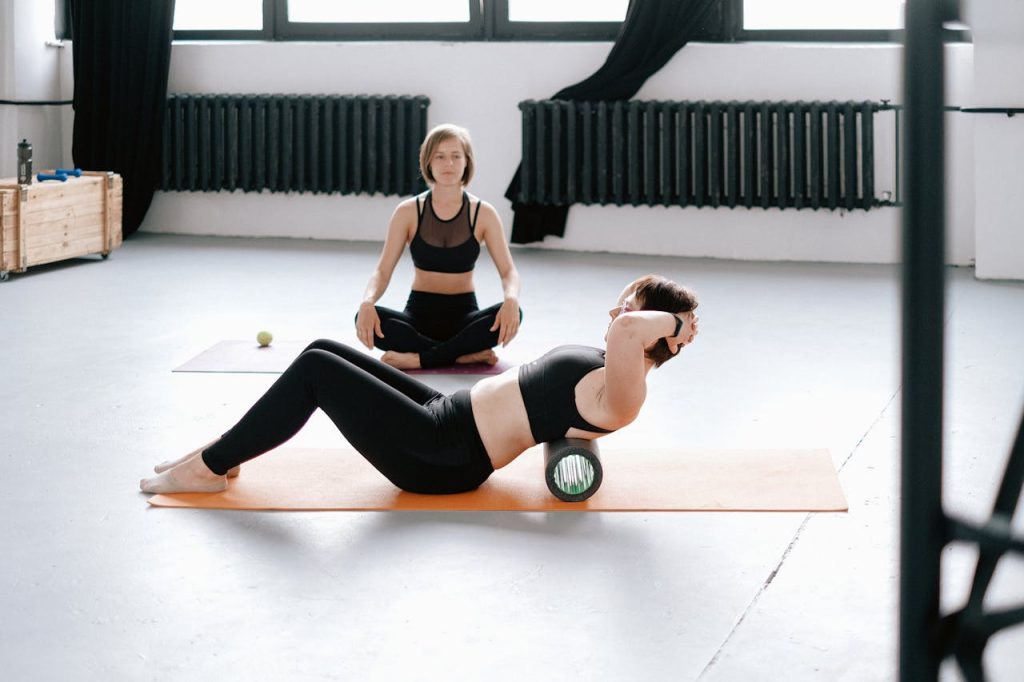
6. Myth: You Need a Reformer or Fancy Equipment to Do Pilates
The Reality:
Reformer Pilates is amazing—but it’s not essential.
At its core, Pilates was built around mat work, and many of the original exercises Joseph Pilates created require no equipment at all. With just your body weight and a yoga mat, you can build incredible strength and control.
Props like resistance bands, magic circles, and small weights can enhance your mat workouts, but they’re optional. And reformers? They’re a fantastic tool, but not a requirement to get the benefits.
Why This Matters:
Believing you need access to a reformer or a fancy studio can create unnecessary barriers. Pilates is one of the most accessible home workouts out there.
Bottom line: You don’t need gear. You just need commitment.
7. Myth: Pilates Takes Too Long to Work
The Reality:
Pilates isn’t magic—but it’s close.
Consistency is key. Most people feel a noticeable difference in posture, energy, and core engagement within 2–4 weeks, especially if practicing 2–3 times per week. Results like improved strength, flexibility, and muscle tone follow soon after.
Joseph Pilates famously said:
“In 10 sessions you’ll feel the difference, in 20 you’ll see the difference, in 30 you’ll have a whole new body.”
And he was right—because the effects of Pilates compound. The more you practice, the more your body adapts and improves.
Why This Matters:
Many people give up on workouts too soon because they expect immediate results. Pilates teaches patience and pays off with long-term transformation.
Bottom line: Give it 30 days—and prepare to be amazed.
Read Also: How Does Pilates Help With Posture? The Simple Truth
Final Thoughts: Forget the Noise—Pilates Works
Myths are easy to believe—especially when they’re repeated by people who haven’t even tried the thing they’re criticizing. But the truth is, Pilates is one of the most effective, intelligent, and sustainable movement systems ever created.
It’s not about breaking records or chasing aesthetics. It’s about moving better, feeling better, and building a body that supports you—whether you’re picking up groceries or running a marathon.
So if any of these myths have been holding you back, it’s time to let them go. You don’t need to be flexible, spiritual, female, or in shape to start Pilates. You just need a mat, a bit of curiosity, and the willingness to meet your body where it is.

